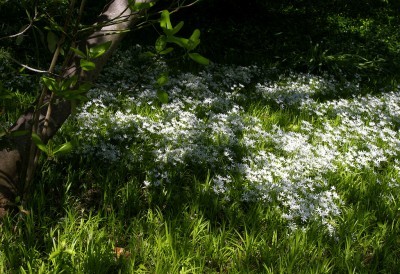






Light is one of the most crucial conditions for plant growth. The levels of light and whether the light is natural or artificial can play an important role in plant health and production. Plants in light shade are useful for dimmer areas of the home and garden. What is light shade and what plants thrive in this condition? Read on to learn more.
Discerning the level of light meant by light shade is important. If you have light shade plants exposed to too much light, they will decline. The same is true if they are put into extremely bright conditions. Light shade may also be called partial shade or partial sun but is slightly different.
Plants produce much of their food from sunlight through photosynthesis. This is when the plant turns sunlight into carbohydrates to fuel growth and cell production. Without adequate light, most plants fail to perform well. Plants with low light requirements still need a certain level of light to produce food. Very few plants need total shade for best health.
Light shade gardening provides a larger choice of plants, as they often adapt well when more light filters in or less light. The seasons can promote this change when trees drop their leaves and let more light in and then fill in with foliage, dimming the understory area. Light shade plants are well adapted to these changes and there are numerous species from which to choose that thrive in this lighting situation.
Several conditions produce light shade. In the home, changes in the trees outside can add or dilute the amount of sunshine in a window or room. The equinox shifts cause changes in the direction and intensity of light. The same events happen outside but are more intense. Just the simple act of pruning a tree can cause an influx of light to an area that was previously dark.
Plants in light shade areas are often dappled by trees playing peek-a-boo with the sun. The site is limited in direct sunlight but is nonetheless bright. Sites for light shade gardening are described as having sun only during parts of the day and usually have protection from harsh mid day rays.
Nurseries are very helpful when it comes to defining a plant’s lighting needs. They usually have a tag that will record the proper lighting situation for a plant, or a symbol. The symbol for light shade is a sunshine partially obscured by darkness. This makes it easy to choose the proper plant for your garden location.
A note about light shade exposure: most plants can tolerate light a bit more extreme on one side or the other. This accounts for adaptations during seasonal change where lighting levels flux.
Some of my favorite plants for light shade are:
Light shade areas may have as little as two to three hours of light during the main part of the day but you can still have flowering plants in light shade exposure.
Copyright © www.100flowers.win Botanic Garden All Rights Reserved